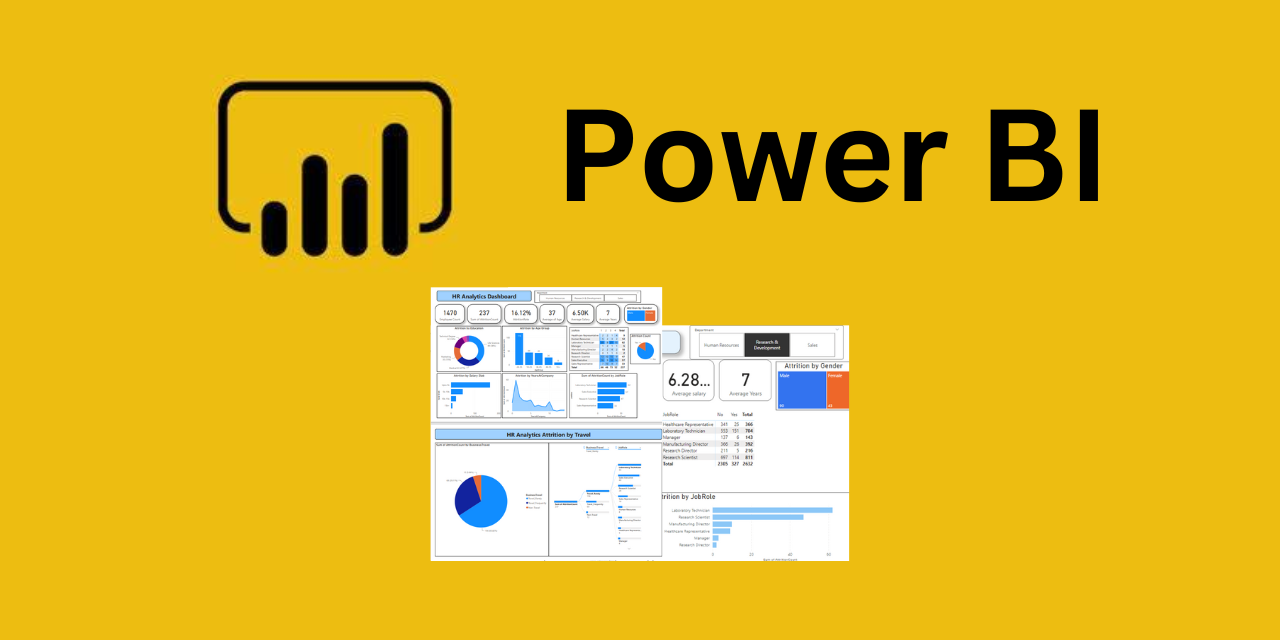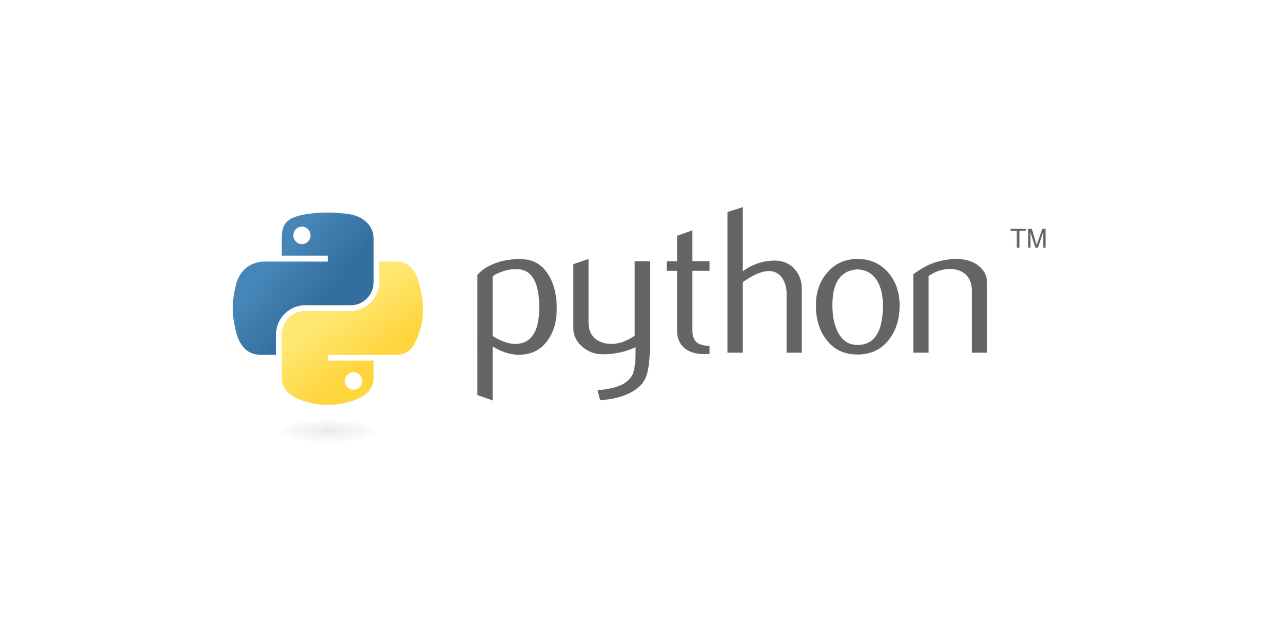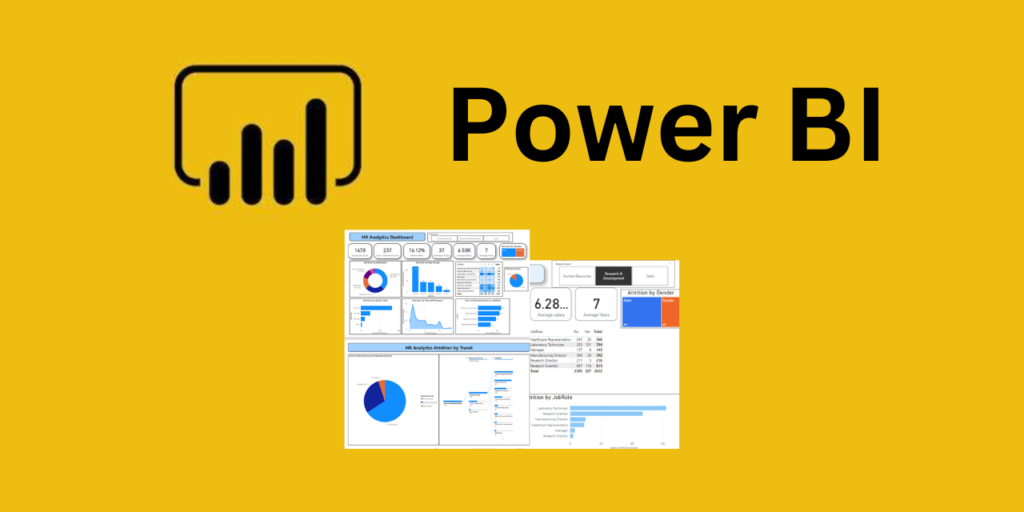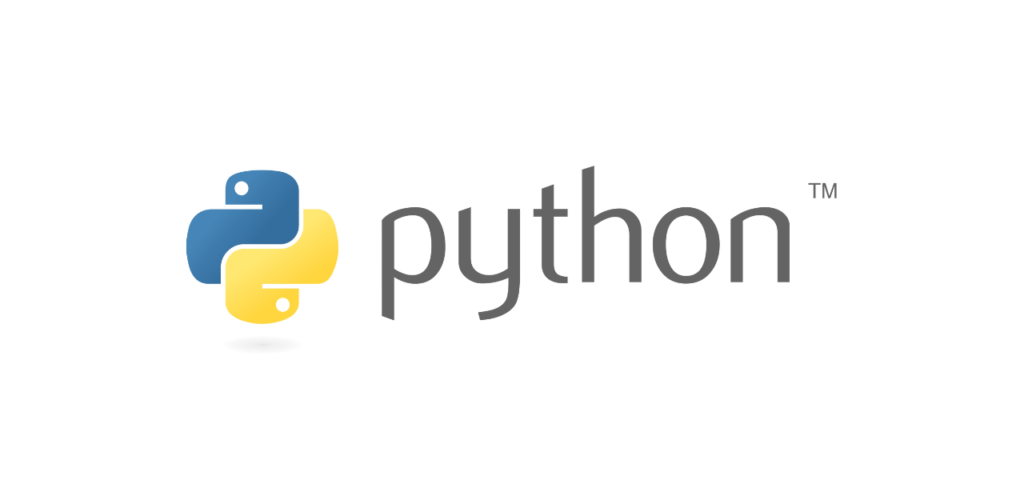- Modules in Python
In Python, modules are an essential way to organize and reuse the code. This tutorial will walk us through everything we need to know about Python modules, from basic concepts to advanced usage. Modules in Python A module in Python…
- Generators in Python (with Examples)
In Python, generators are a simple way of creating iterators. Generators allows us to iterate over a set of values without needing to create a list in memory. Generators are created using functions and the yield keyword instead of return.…
- Decorators in Python (with Examples)
In Python, decorators are a powerful tool that allow us to modify or enhance the behavior of functions or methods without changing their actual code. A decorator is essentially a function that takes another function as an argument, adds some…
- Python Functions as First-Class Objects (with Examples)
In Python, functions are considered first-class objects (or first-class citizens), meaning they can be treated like any other object, such as integers, strings, lists, etc. This property allows Python developers to use functions as building blocks for writing flexible and…
- Iterators in Python (with Examples)
Iterators in Python are a powerful feature that allows us to traverse through all elements of a collection (like lists, tuples, or dictionaries) without exposing the collection’s underlying structure. Understanding iterators is essential for writing efficient, memory-friendly Python programs. Iterators…
- Method Overriding in Python (with Examples)
Method overriding occurs when a subclass provides a specific implementation of a method that is already defined in its super-class. The method in the subclass overrides the method in the super-class. In Python, for method overriding simply define a method…
- Method Overloading in Python (with Examples)
Method overloading refers to defining multiple methods with the same name but different signatures (parameters) within the same class. In Python, method overloading is not supported in the traditional sense like in some other languages (e.g., Java or C++), but…
- Polymorphism in Python (with Examples)
Polymorphism is one of the key principles of object-oriented programming (OOP) in Python. Polymorphism in Python means “many forms”. It refers to the ability to present the same interface for different underlying data types. In simpler terms, polymorphism allows objects…
- Abstraction in Python (with Examples)
Abstraction is one of the fundamental principles of object-oriented programming (OOP). It helps in hiding the complexity of a system by exposing only the essential fields (or details). It allows to focus on “what” a class or method does without…
- Dashboard visuals- How to use visuals in Power BI
Dashboard in Power BI is a single-page “canvas” that displays visualizations (charts, graphs, tables, etc.) to provide meaningful insights from the given dataset. Dashboards are very helpful to monitor key metrics and track performance of different parameters in real time.…
- Data Visualization in Power BI
Data Visualization Visualization is the process of creating images, diagrams, or animations involving the representation of information, data or concepts. Visualization are important to communicate a message, represent ideas, or illustrate abstract data and concepts via visuals. Visualization enable individuals…
- Power BI – DAX Functions
DAX (Data Analysis Expressions) is a formula language designed for data calculations, data modeling and analysis in various tools, including Microsoft Power BI, SQL Server Analysis Services SSAS, and Excel Power Pivot. DAX expressions are very similar to Excel formulas…
- DAX (Data Analysis Expressions) in Power BI
DAX (Data Analysis Expressions) DAX (Data Analysis Expressions) is a expression language where the full code or expression is created using the function. It is used for data analysis and calculations in tools like Microsoft Power BI, Excel Power Pivot,…
- Datatypes and Data Formats in Power BI
A datatype is a classification that will identify what type odataf value a variable can have, and what kind of operations can be performed on that specific value. A datatype of a variable describes the properties and behavior of that…
- Relationships Between Tables in Power BI
The establishment of relationships between tables is an essential and fundamental activity in the data modeling of Power BI. Creating relationships between tables in Power BI is crucial for building effective data models, which allows to use different sources of…
- Data Modeling – Power BI
Data modeling is an important step in creating effective Power BI reports. A well-designed data model ensures that the data is clean, relationships are correctly defined, and reports and dashboards are both accurate and efficient. Data Modeling To set meaningful…
- Data Transformation with Power Query Editor
Data transformation is the process to convert data from one format, structure, or value set to another. This data transformation is possible in multiple ways like from excel spreadsheet to database, XML document to JSON structure or flat data structure…
- Connecting to Data Sources in Power BI
Connecting to data sources in Power BI is a fundamental step for creating insightful and interactive reports. Without connecting to data source(s), we cannot access data and cannot run queries to perform analytics. Power BI provides robust tools for connecting,…




